AI Image prompts for pose position
AI image generators like Midjourney, Stable Diffusion, and DALL-E have revolutionized creative workflows, allowing users to conjure stunning visuals from text descriptions. However, getting the exact pose you envision for a character or subject can often feel like a roll of the dice. Vague prompts lead to generic stances, while overly complex ones might confuse the AI. Mastering AI image prompts for pose position is key to unlocking precise control over your creations.
This guide will explore strategies and provide concrete examples to help you effectively communicate desired poses to AI image generators, moving you from hoping for the best to dictating the perfect stance.
Why Precise Pose Prompts Matter in AI Art
The pose of a subject fundamentally impacts the narrative, emotion, and composition of an image:
- Storytelling: A character slumped over conveys sadness, while one leaping forward suggests action.
- Emotion: Body language is crucial; a specific pose can instantly communicate fear, joy, confidence, or contemplation.
- Composition: Poses guide the viewer's eye and contribute to the overall balance and dynamism of the artwork.
- Accuracy: For specific concepts (e.g., illustrating a yoga pose, a historical stance, a character's signature move), accuracy is paramount.
Simply prompting "a person standing" is unlikely to yield the specific result you need. Learning to craft better character pose prompts for AI gives you far greater artistic control.
Strategies for Effective Pose Prompts
Getting the pose right often involves combining several descriptive techniques. Here are key strategies:
1. Use Strong Action Verbs: Be specific about what the subject is doing.
Instead of: "Person moving"
Try: "Person sprinting," "Figure leaping," "Character crouching," "Woman stretching," "Man gesturing wildly."
2. Describe Body Part Positions & Relationships: Detail the position of limbs, head, and torso.
Examples: "Arms crossed over chest," "Head tilted upwards," "One leg bent at the knee," "Leaning forward at the waist," "Hand resting on hip," "Sitting with legs crossed."
3. Reference Known Poses: Leverage established names for poses.
Examples: "Yoga warrior pose," "Ballet plié," "Contrapposto stance," "Thinking man pose," "Fetal position," "Superhero landing pose."
4. Specify Direction and Gaze: Indicate where the subject is facing or looking.
Examples: "Facing away from the camera," "Looking over left shoulder," "Gazing down at the floor," "Pointing towards the horizon."
5. Incorporate Perspective and Camera Angle: This heavily influences how a pose is perceived.
Examples: "Low angle shot looking up at the character," "Overhead view of someone lying down," "Dutch angle shot of someone running," "Close up on hands clasped."
6. Use Comparative Language (Carefully): Sometimes comparing to an action helps.
Example: "Standing as if about to throw a ball," "Sitting like royalty on a throne." (Use sparingly, can sometimes confuse the AI).
Example AI Image Prompts for Pose Position
Here are some practical examples, often combining the strategies above. Remember to add your subject, style, and other details!
Standing Poses:
1. Full body shot of a knight **standing defiantly**, **hands on hips**, chin held high, medieval armor, fantasy art.
2. A woman **leaning casually against a brick wall**, one leg crossed over the other, **looking thoughtful**, street photography style.
3. Character in **contrapposto pose**, weight shifted to one leg, hip out, relaxed stance, ancient Greek sculpture style.
4. Man **standing back-to-camera**, **gazing out** over a cityscape at night, cinematic lighting.
Sitting Poses:
1. An old librarian **sitting in a large armchair**, **hunched over** an open book, spectacles perched on nose, dimly lit library.
2. Child **sitting cross-legged** on the floor, **happily playing** with wooden blocks, bright daylight.
3. CEO **sitting behind a large desk**, **leaning forward intently**, hands clasped, modern office, power pose.
4. Person **slumped on a park bench**, head in hands, melancholic mood, rainy day.
Action & Dynamic Poses:
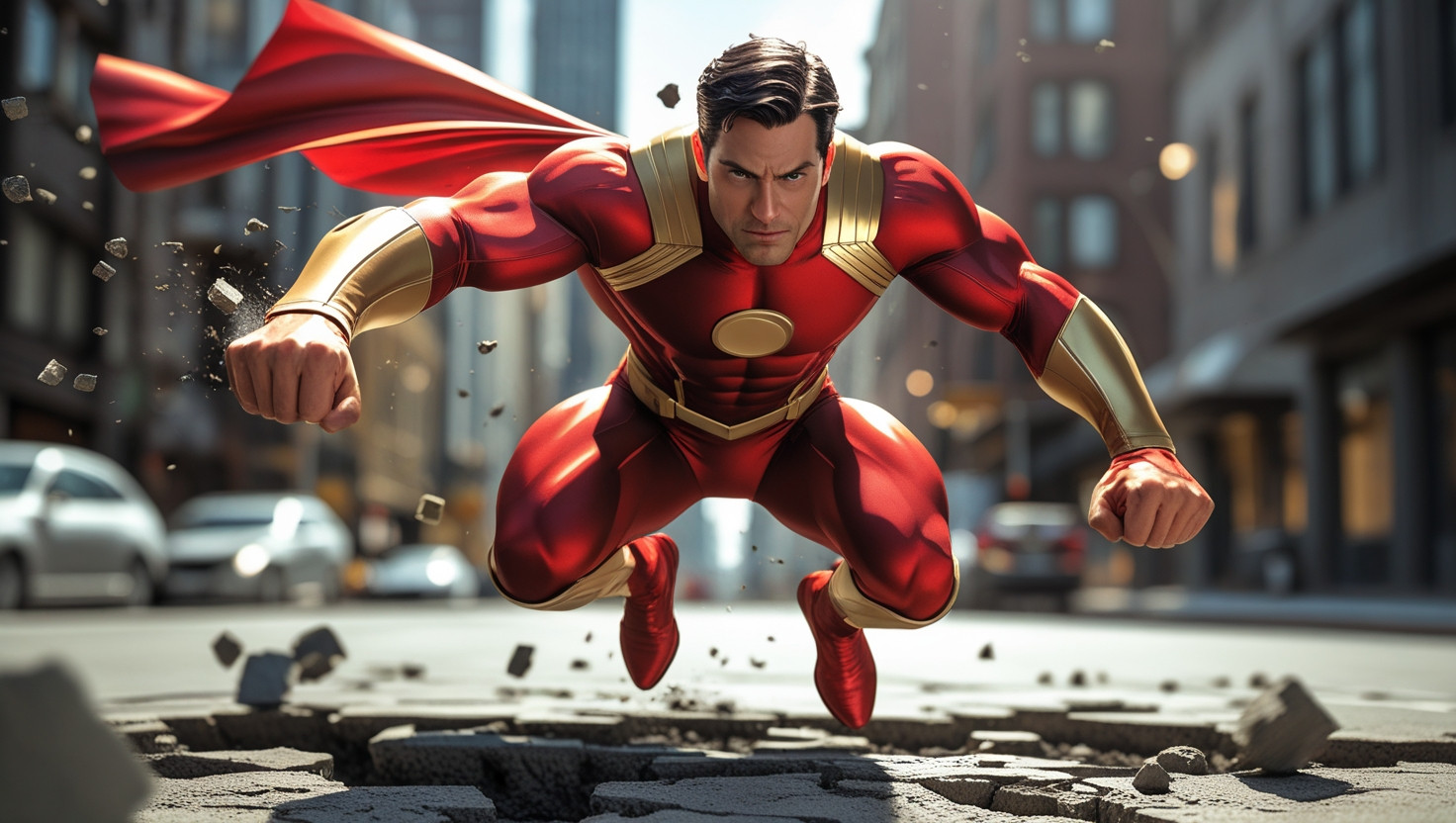
1.Action shot of a superhero **mid-leap** between buildings, cape flowing, dynamic pose, comic book art.
pompt: Dynamic low-angle shot capturing a man superhero in a powerful 'superhero landing' pose. One fist impacts the cracked concrete ground, debris flying slightly. Looking intensely forward. Sleek, glowing red and gold suit. Background is a slightly blurred daytime city street. Energetic comic book illustration style.Energetic comic book illustration style
2. Dancer captured **mid-pirouette**, arms outstretched gracefully, motion blur, stage lighting.
3. Soccer player **sliding** on grass to tackle the ball, intense expression, sports photography.
4. Figure **crouching low** to the ground, ready to pounce, stealthy pose, dark forest setting.
Specific Limb Focus:
1. Close up on two hands **clasped tightly together**, dramatic lighting.
Example Prompt: Close-up shot focusing on two hands clasped tightly together in front of a person's chest, knuckles white, suggesting tension or prayer. Soft, dramatic Rembrandt lighting. Photorealistic style.
2. Character with **one arm raised**, pointing dramatically towards the sky, epic fantasy illustration.
3. Figure with **head tilted back**, eyes closed, basking in sunlight.
Tips for Refining Your Pose Prompts
- Iterate: Don't expect perfection on the first try. Generate variations and refine your prompt based on the results. Add or remove keywords.
- Use Negative Prompts: If you keep getting unwanted elements (e.g., extra limbs, distorted hands), use negative prompts like --no extra limbs, poorly drawn hands. Sometimes negatively prompting common default poses (--no standing stiffly) can help.
- Consider Aspect Ratio: A wide aspect ratio (--ar 16:9) encourages horizontal compositions, while a tall one (--ar 9:16) encourages vertical ones, which can influence posing.
- Keep it Concise (Mostly): While detail is good, overly long and convoluted prompts can confuse the AI. Prioritize the most crucial pose descriptors.
- Know Your AI Model: Different models (Midjourney, Stable Diffusion, DALL-E) interpret prompts differently. Some might be better with natural language, others with keyword lists. Experiment!
Take Control of Your AI Creations
Mastering AI image prompts for pose position transforms your experience with AI art generators. By moving beyond simple descriptions and employing specific verbs, detailed body part positioning, known pose references, and camera angles, you gain significant control over the final output. It takes practice and experimentation, but the ability to consistently generate subjects in the exact poses you envision is a powerful skill for any creator.
Start experimenting with these techniques today and watch your AI-generated characters and subjects come to life exactly as you imagine them!
Generate your prompt from chatgpt, and start creating your art today!



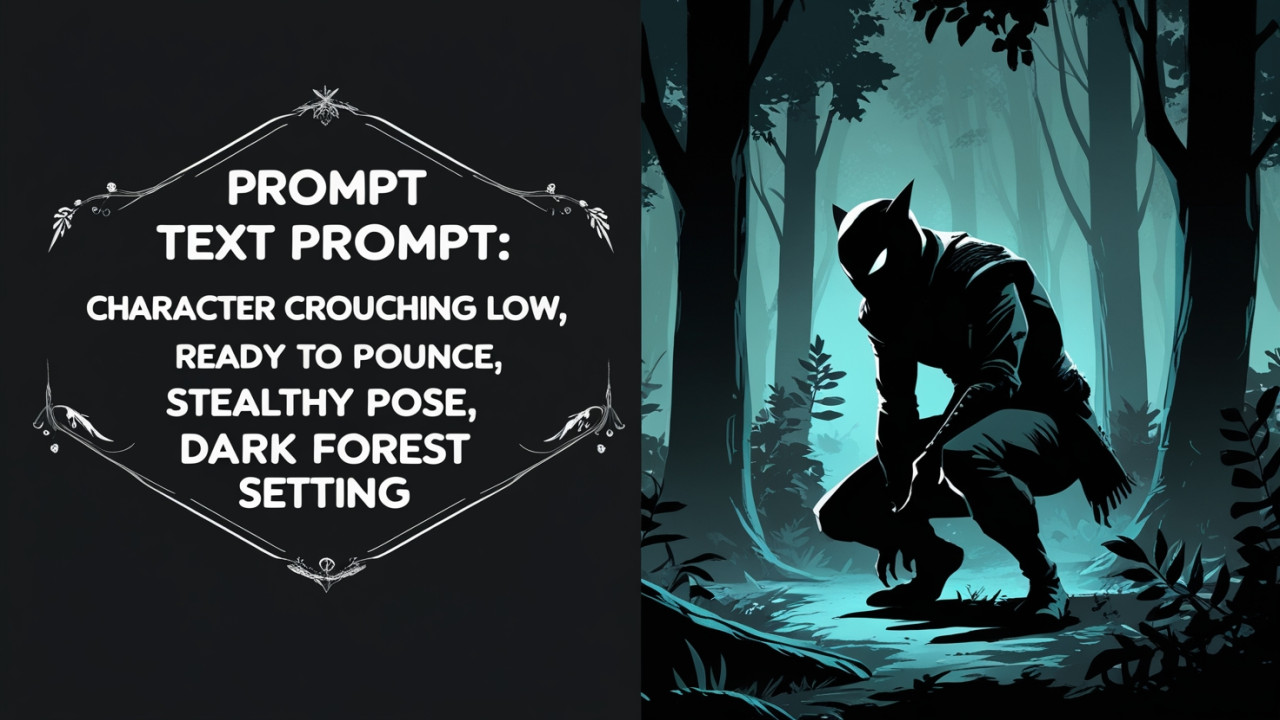
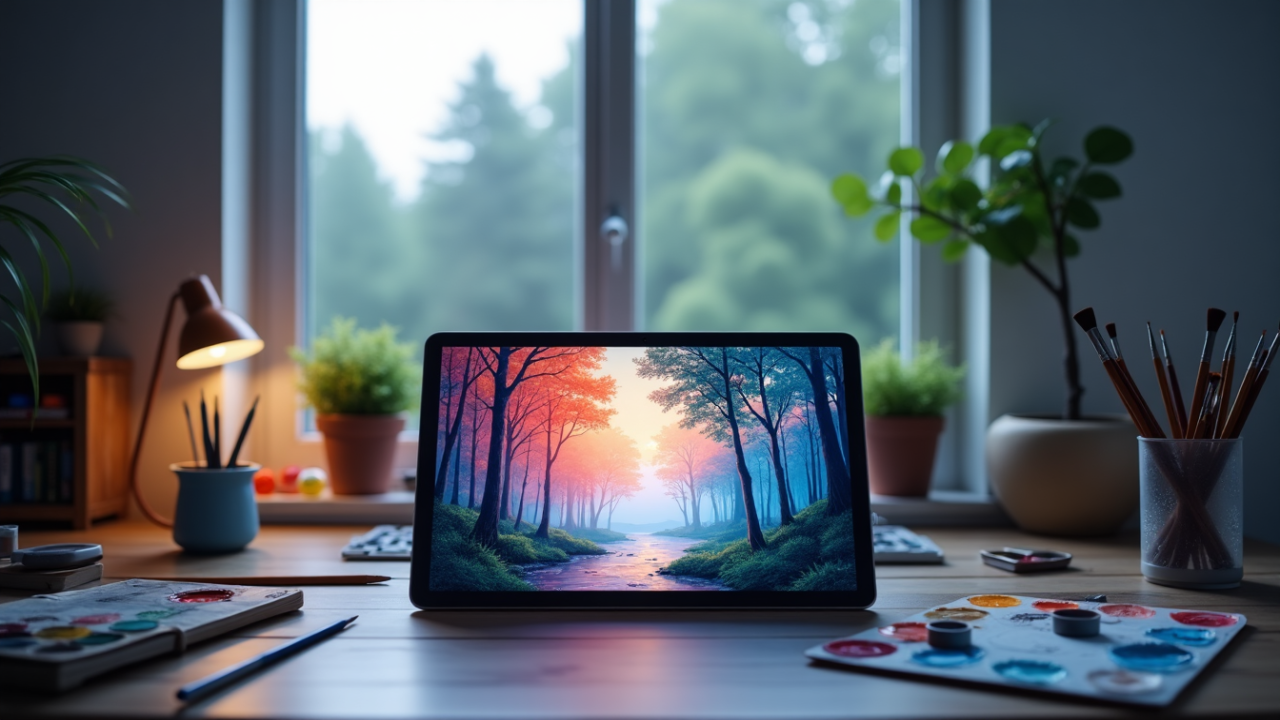
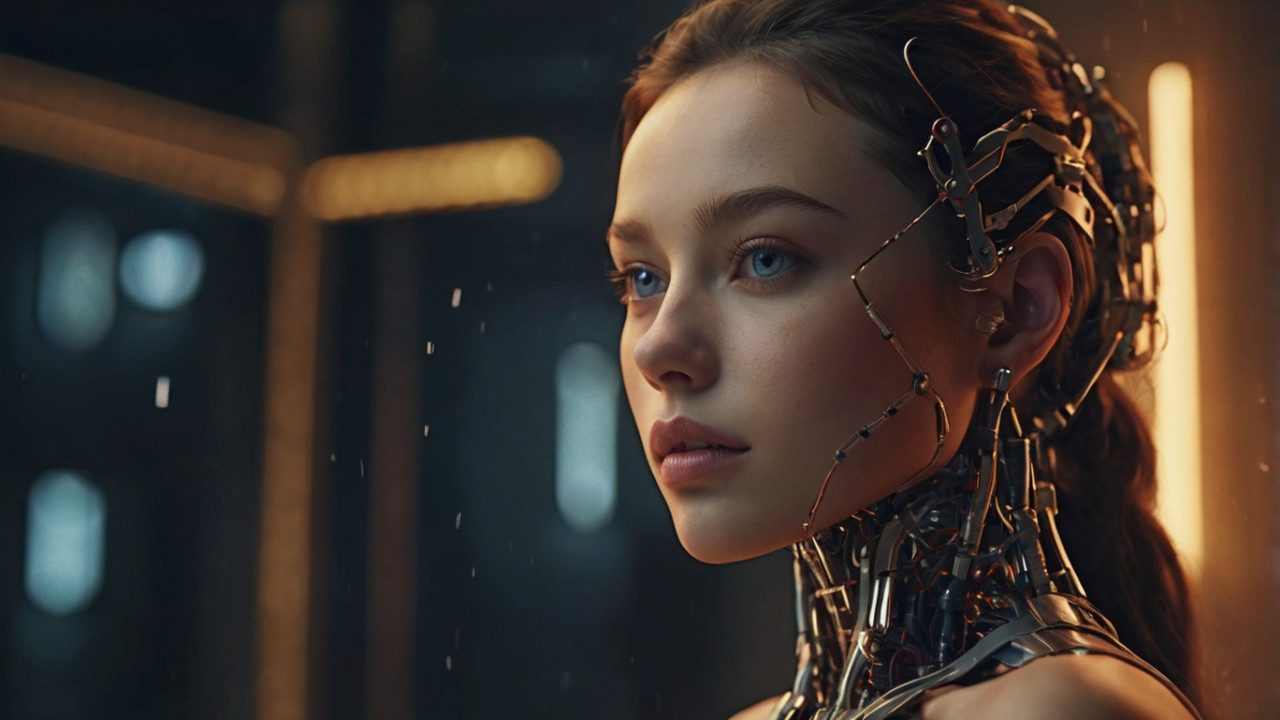
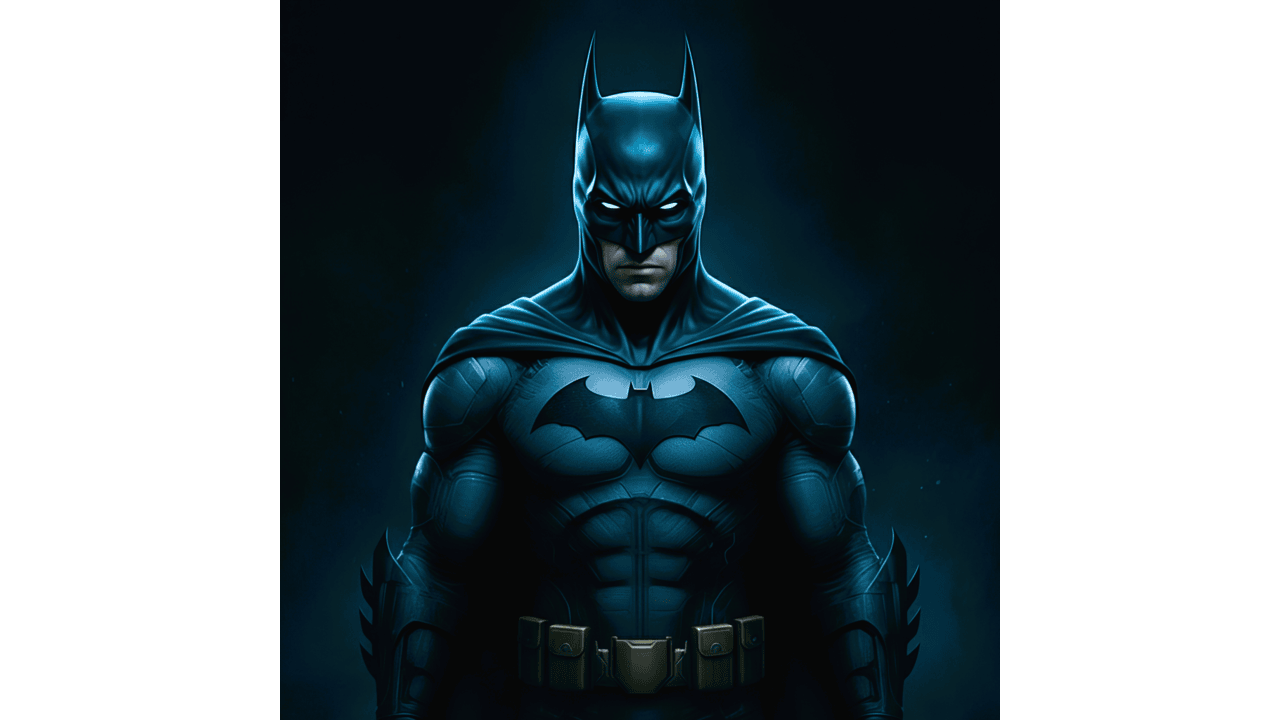
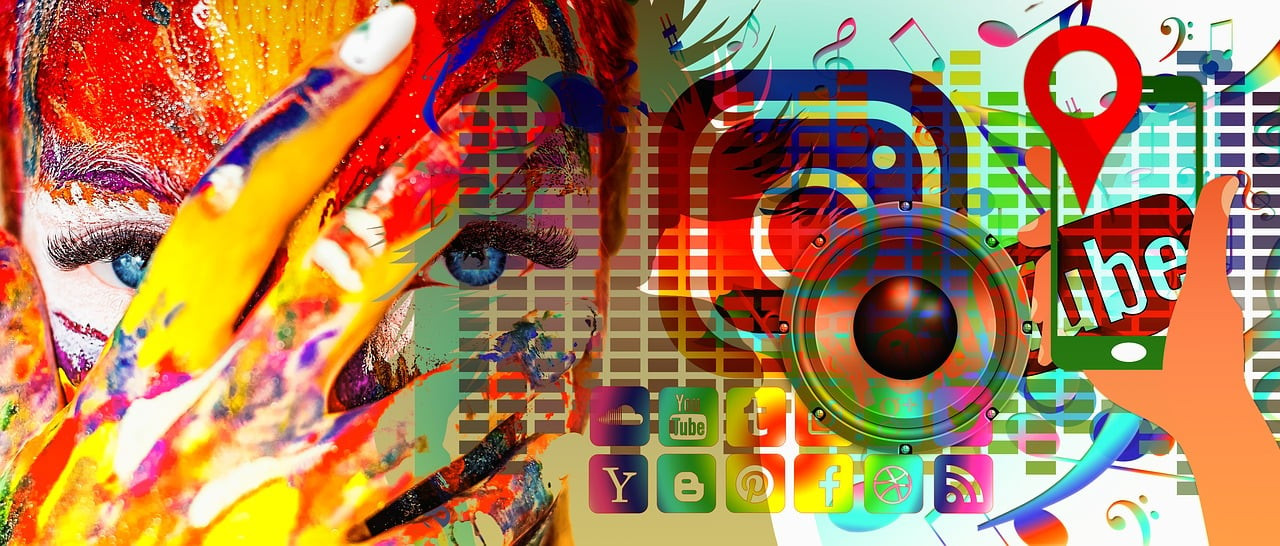
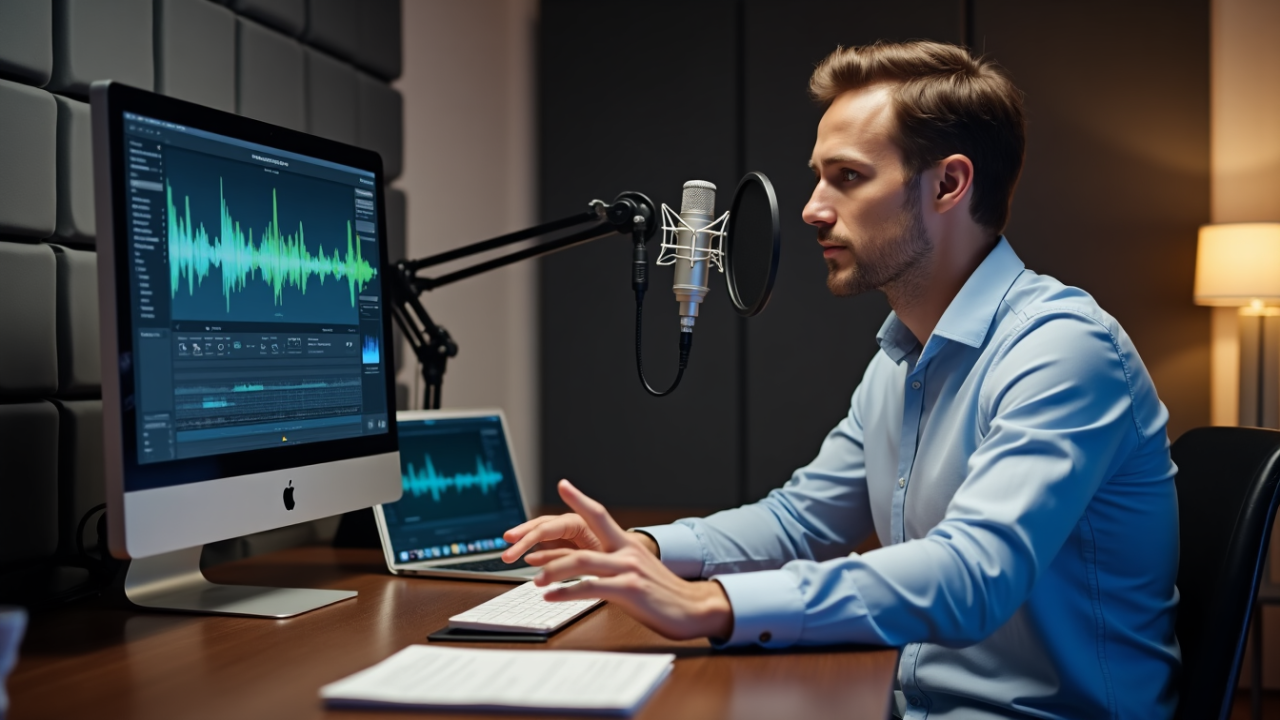

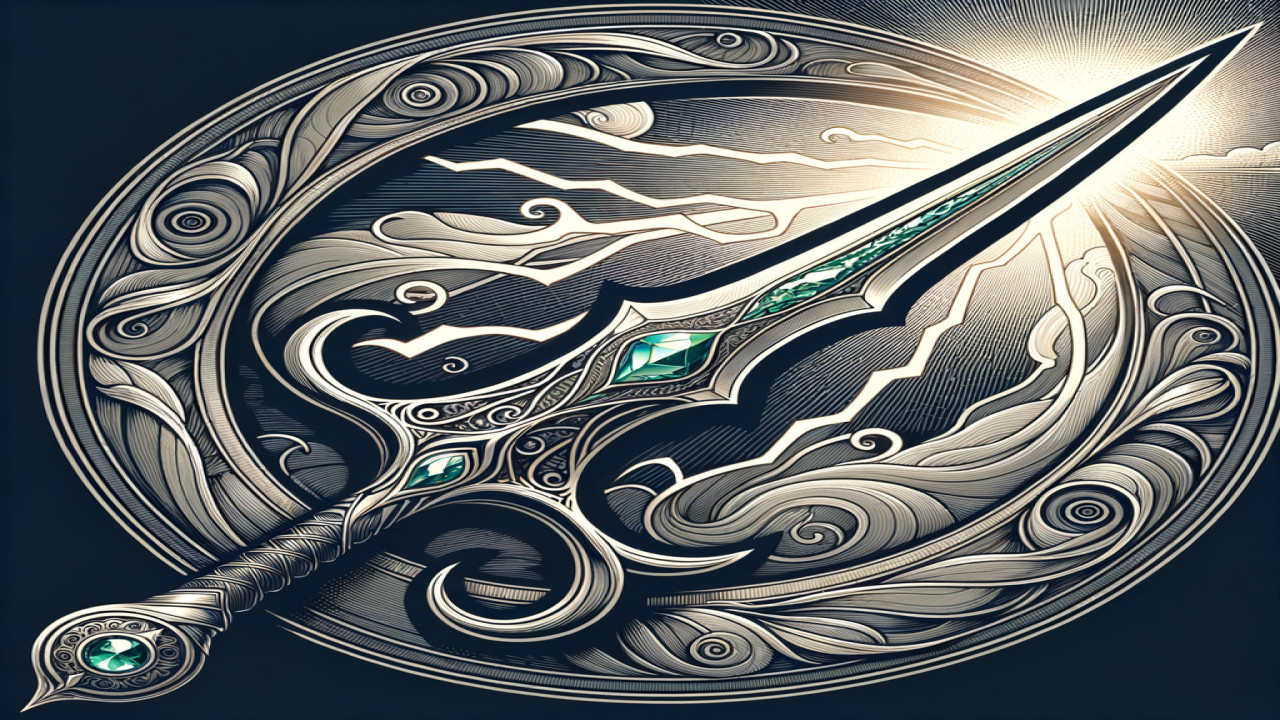
Comments (0)
No comments found